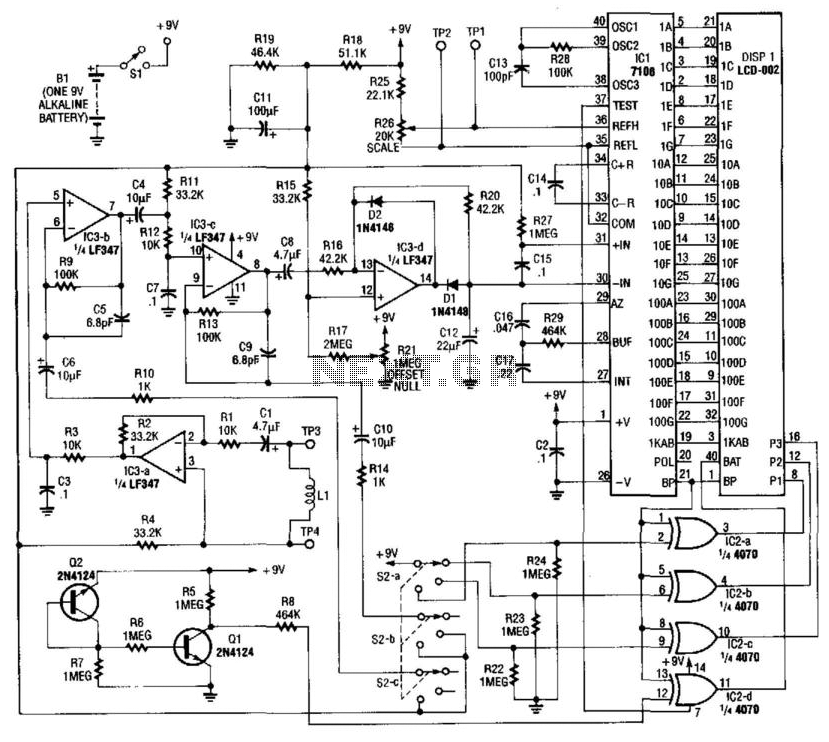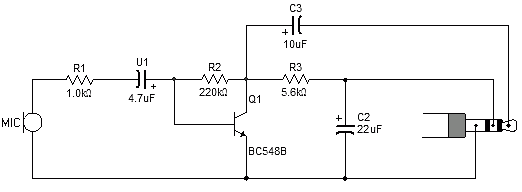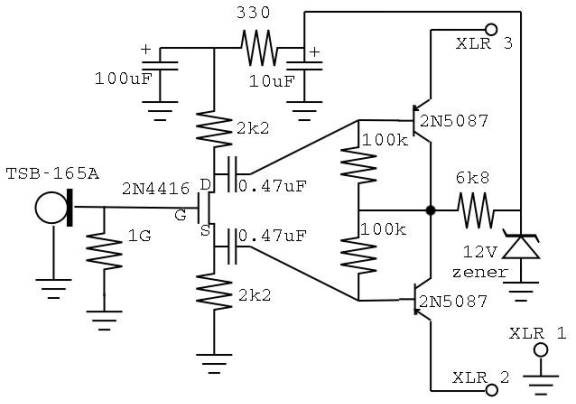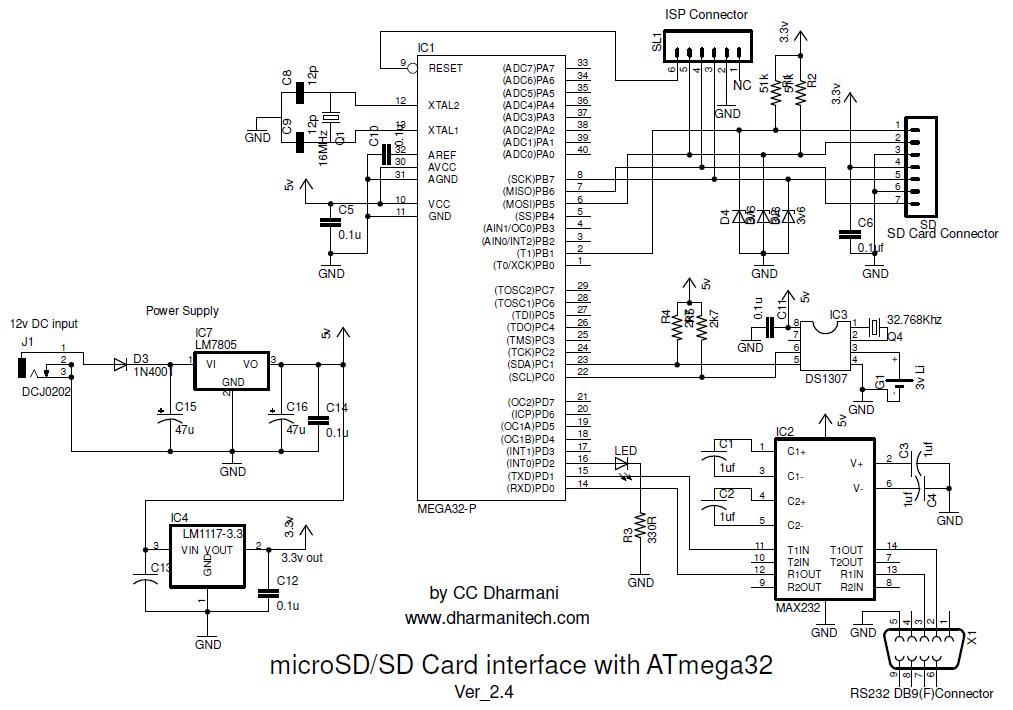
Magnetic Card Reader with PIC12F675
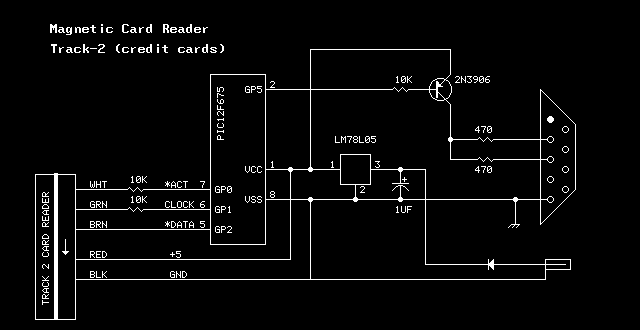
The reader mechanism shown was purchased from All Electronics for $1.50. The unit provides the magnetic head on a spring mechanism along with low level head signal amplifiers and data slicers. Three signal lines coming from the unit provide card presence, clock, and data. When actively reading a card, it draws about 50mA of current at 5 volts. More: The data from the unit appeared to be 'track-2' format. This is 4 bit plus odd parity data. The data is readily converted to ASCII by adding Hex-30 to each nibble.
The described reader mechanism is a compact device designed for reading magnetic stripe cards, commonly used in various applications such as point-of-sale systems and access control. The mechanism employs a magnetic head mounted on a spring mechanism, allowing for optimal contact with the magnetic stripe on the card. This design ensures reliable reading of the encoded information while accommodating variations in card thickness and flexibility.
The unit integrates low-level signal amplifiers and data slicers, which are critical for processing the weak signals generated by the magnetic head. The amplifiers enhance the signal strength, making it easier to interpret the data, while the data slicers ensure that the digital signals are accurately converted into a format suitable for further processing.
The reader mechanism provides three essential signal lines: card presence, clock, and data. The card presence signal indicates whether a card is inserted into the reader, allowing the connected system to initiate the reading process. The clock signal is used to synchronize data transmission, ensuring that the receiving system can accurately capture the timing of the incoming data. The data line carries the actual information read from the magnetic stripe.
When the reader is in operation, it draws approximately 50mA of current at a supply voltage of 5 volts. This low power consumption makes it suitable for battery-powered applications as well as systems that require efficient energy usage.
The data output from the reader is in 'track-2' format, which consists of 4-bit data with odd parity. This format is commonly used for encoding cardholder information, including account numbers and expiration dates. The data can be easily converted to ASCII format by adding Hex-30 to each nibble, which allows for straightforward integration with various software systems and databases that require human-readable formats.
Overall, this reader mechanism presents a reliable and efficient solution for reading magnetic stripe cards, with its integrated features ensuring high performance in diverse applications.The reader mechanism shown was purchased from All Electronics for $1.50. The unit provides the magnetic head on a spring mechanism along with low level head signal amplifiers and data slicers. Three signal lines comming from the unit provide card presence, clock, and data. When actively reading a card, it draws about 50ma of current at 5 volts. The data from the unit appeared to be 'track-2' format. This is 4 bit plus odd parity data. The data is readily converted to ASCII by adding Hex-30 to each nibble. 🔗 External reference
The described reader mechanism is a compact device designed for reading magnetic stripe cards, commonly used in various applications such as point-of-sale systems and access control. The mechanism employs a magnetic head mounted on a spring mechanism, allowing for optimal contact with the magnetic stripe on the card. This design ensures reliable reading of the encoded information while accommodating variations in card thickness and flexibility.
The unit integrates low-level signal amplifiers and data slicers, which are critical for processing the weak signals generated by the magnetic head. The amplifiers enhance the signal strength, making it easier to interpret the data, while the data slicers ensure that the digital signals are accurately converted into a format suitable for further processing.
The reader mechanism provides three essential signal lines: card presence, clock, and data. The card presence signal indicates whether a card is inserted into the reader, allowing the connected system to initiate the reading process. The clock signal is used to synchronize data transmission, ensuring that the receiving system can accurately capture the timing of the incoming data. The data line carries the actual information read from the magnetic stripe.
When the reader is in operation, it draws approximately 50mA of current at a supply voltage of 5 volts. This low power consumption makes it suitable for battery-powered applications as well as systems that require efficient energy usage.
The data output from the reader is in 'track-2' format, which consists of 4-bit data with odd parity. This format is commonly used for encoding cardholder information, including account numbers and expiration dates. The data can be easily converted to ASCII format by adding Hex-30 to each nibble, which allows for straightforward integration with various software systems and databases that require human-readable formats.
Overall, this reader mechanism presents a reliable and efficient solution for reading magnetic stripe cards, with its integrated features ensuring high performance in diverse applications.The reader mechanism shown was purchased from All Electronics for $1.50. The unit provides the magnetic head on a spring mechanism along with low level head signal amplifiers and data slicers. Three signal lines comming from the unit provide card presence, clock, and data. When actively reading a card, it draws about 50ma of current at 5 volts. The data from the unit appeared to be 'track-2' format. This is 4 bit plus odd parity data. The data is readily converted to ASCII by adding Hex-30 to each nibble. 🔗 External reference
